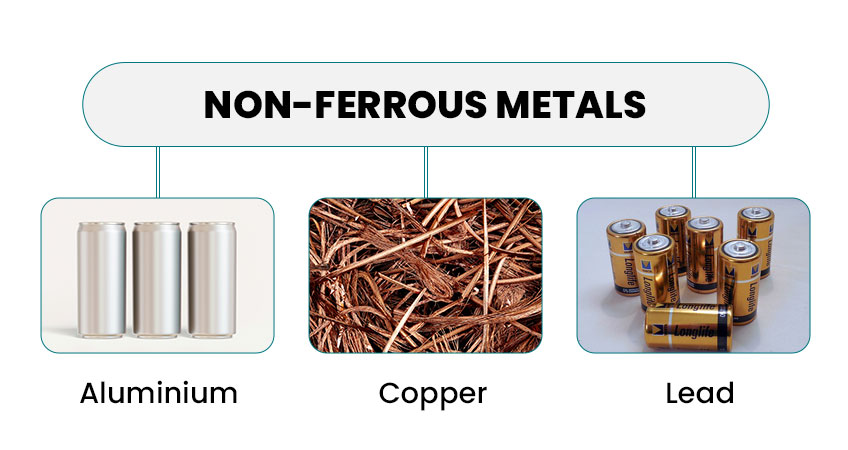Understanding Non-Ferrous Metals: Aluminium, Brass, Copper and More
Discover the world of non-ferrous metals including aluminium, brass, and copper. Learn their unique properties, everyday uses, and why they matter in modern life.

When we think of metals, the first thing that comes to mind is often steel or iron. But the world of metals is much bigger, and some of the most useful materials don’t contain any iron at all. These are known as non-ferrous metals, and they play a massive role in industries ranging from construction to electronics.
Unlike ferrous metals (those with iron), non-ferrous metals don’t rust in the same way, tend to be lighter, and often bring special properties such as higher conductivity, resistance to corrosion, or a decorative finish. In this post, we’ll take a closer look at some of the most common non-ferrous metals you’re likely to encounter: aluminium, brass, copper, and a few others worth mentioning.
Aluminium: Lightweight and Versatile
Aluminium is one of the most widely used metals in the world today. It’s light, easy to shape, and resists corrosion naturally thanks to a protective oxide layer. From airplanes to kitchen foil, aluminium has found a place almost everywhere.
In construction and manufacturing, one of the most popular forms is the aluminium sheet, valued for being both durable and lightweight. It can be cut, bent, and finished in different ways, making it a go-to choice for cladding, roofing, and even interior design projects. Its versatility is what makes aluminium stand out from many other metals.
Brass: Strong with a Golden Shine
Brass is an alloy made of copper and zinc, and it has a warm golden appearance that makes it popular for decorative items, musical instruments, and fittings. But brass isn’t just about looks. It has good strength, excellent machinability, and naturally resists corrosion in water. That’s why you’ll often find it used in plumbing fixtures, locks, and marine hardware.
Another advantage of brass is its ability to dampen sound, which is why it’s used in musical instruments like trumpets and saxophones.
Copper: Conductivity at Its Best
Copper has been used by humans for thousands of years, and it’s still one of the most important metals today. It’s reddish-brown, easy to work with, and has the highest electrical conductivity of any non-precious metal.
You’ll find copper in electrical wiring, motors, and electronics because it allows electricity to flow with very little resistance. It’s also essential for plumbing, roofing, and heat exchangers thanks to its ability to conduct heat efficiently. On top of that, copper naturally resists bacteria, which is why it’s sometimes used for touch surfaces like door handles in hospitals.
Other Non-Ferrous Metals Worth Knowing
While aluminium, brass, and copper are among the most common, there are plenty of other non-ferrous metals with their own unique qualities:
- Zinc – Often used to coat steel (galvanizing) to protect it from rust.
- Lead – Once widely used for pipes and roofing, now more restricted due to health concerns, but still important in batteries.
- Nickel – Known for strength and resistance to heat, often used in alloys like stainless steel.
- Tin – Corrosion resistant and commonly used for coating other metals.
Each of these metals contributes something different to the industries we rely on every day.
Why Non-Ferrous Metals Matter
The beauty of non-ferrous metals lies in their variety. Some are strong but lightweight, others conduct electricity better than anything else, and many resist corrosion far better than iron or steel. That’s why they’re essential in modern life, from the smartphone in your pocket to the airplane that takes you on holiday.
Whether it’s the practicality of aluminium in construction, the elegance of brass fittings, or the reliability of copper wiring, non-ferrous metals shape the way we live and work.
Final Thoughts
Non-ferrous metals may not get as much attention as iron and steel, but they’re everywhere around us. Aluminium, brass, copper, and their counterparts are proof that not all metals are created equal. Each brings its own strength, beauty, and usefulness to the table.
Next time you notice a shiny brass door handle, a stretch of copper wire, or a sleek aluminium panel, you’ll know there’s a fascinating story behind these materials and just how important they are in everyday life.